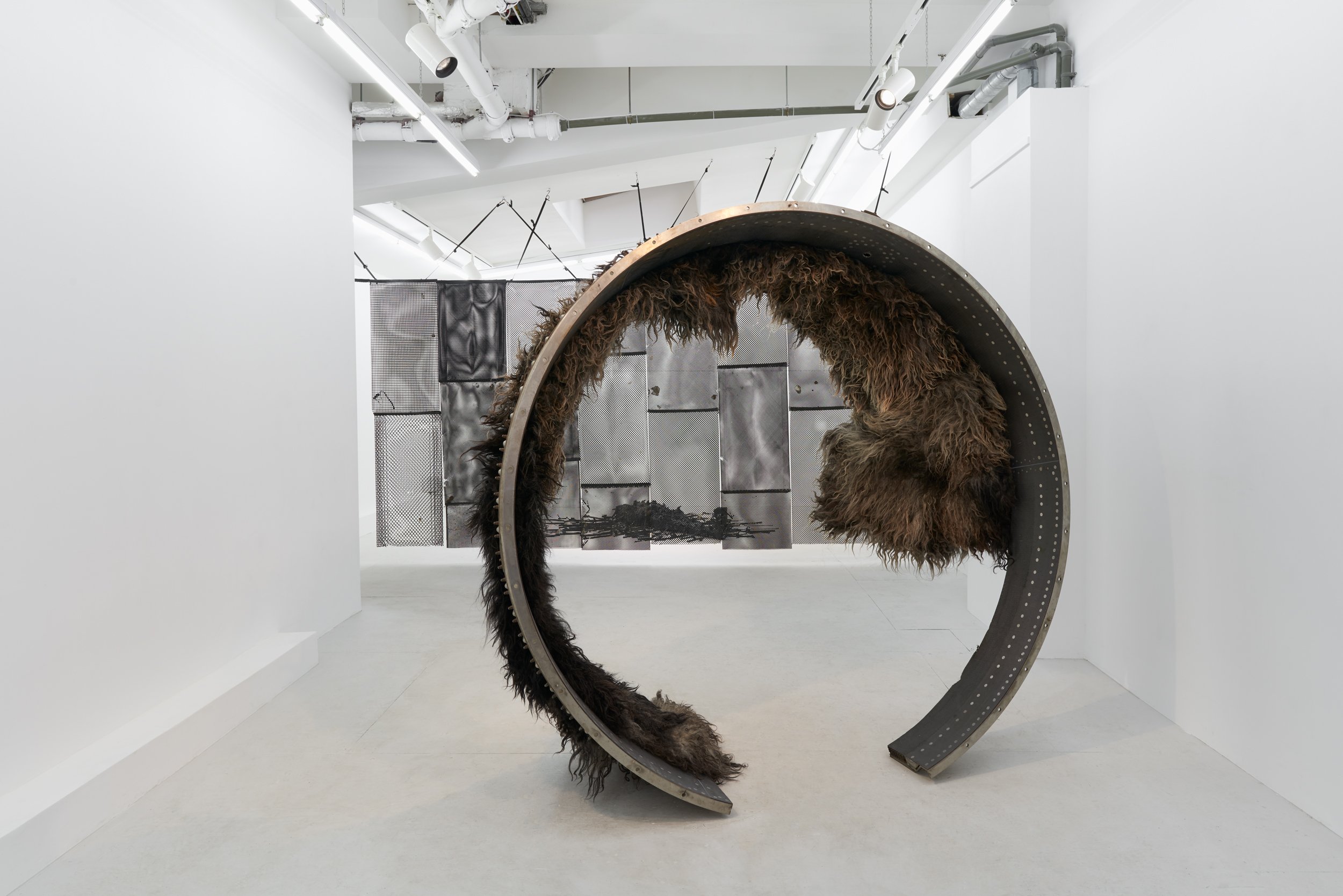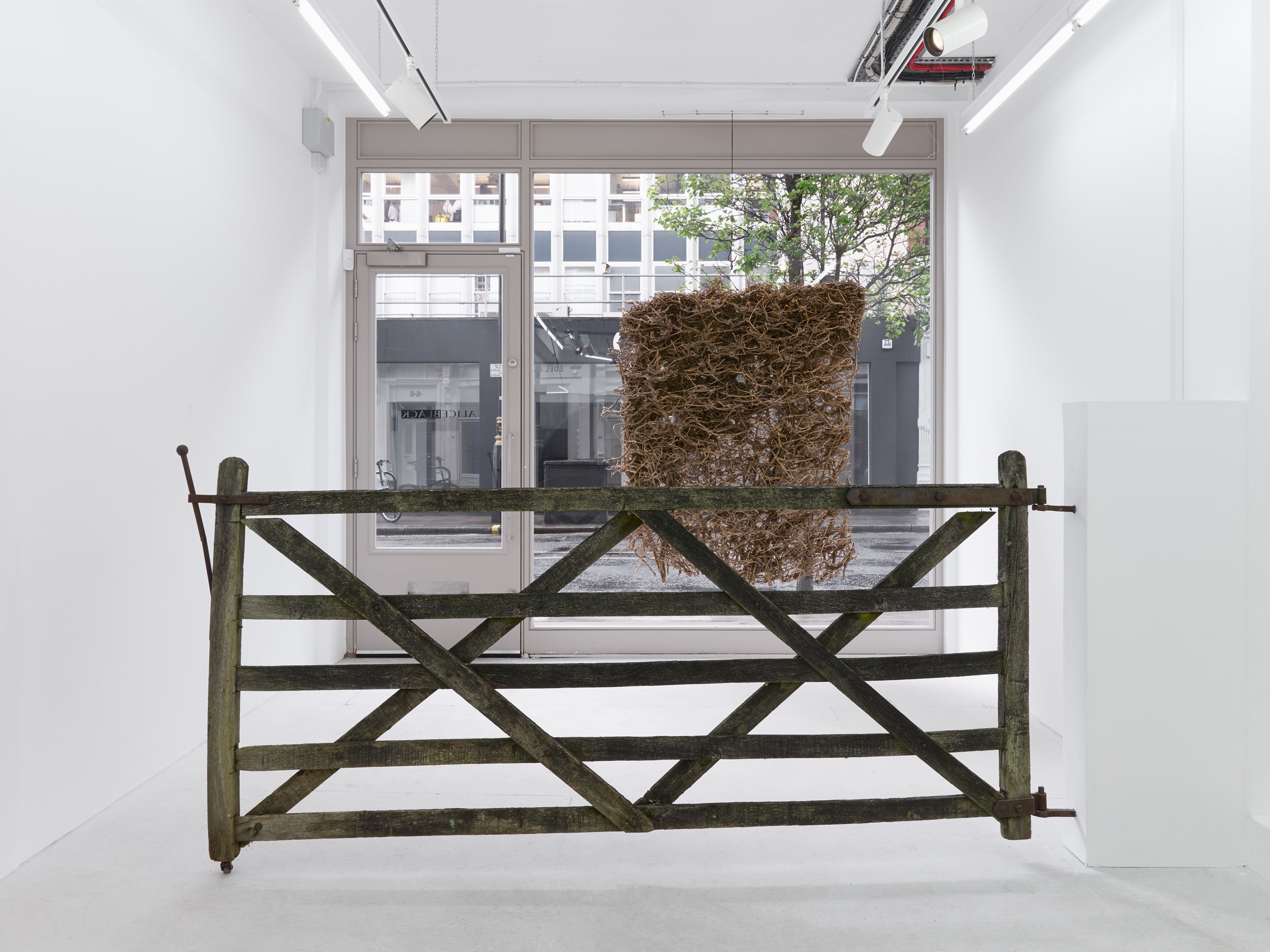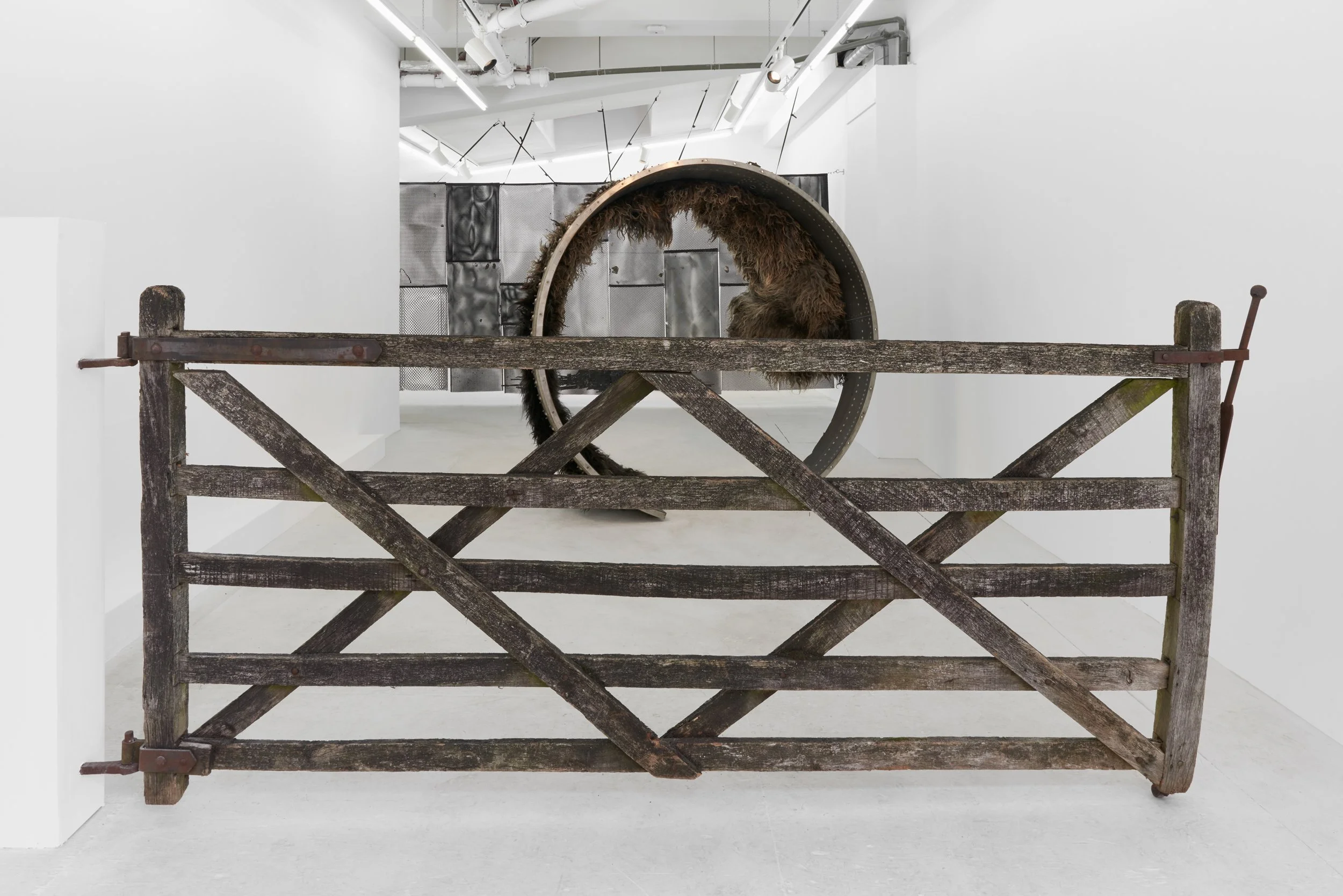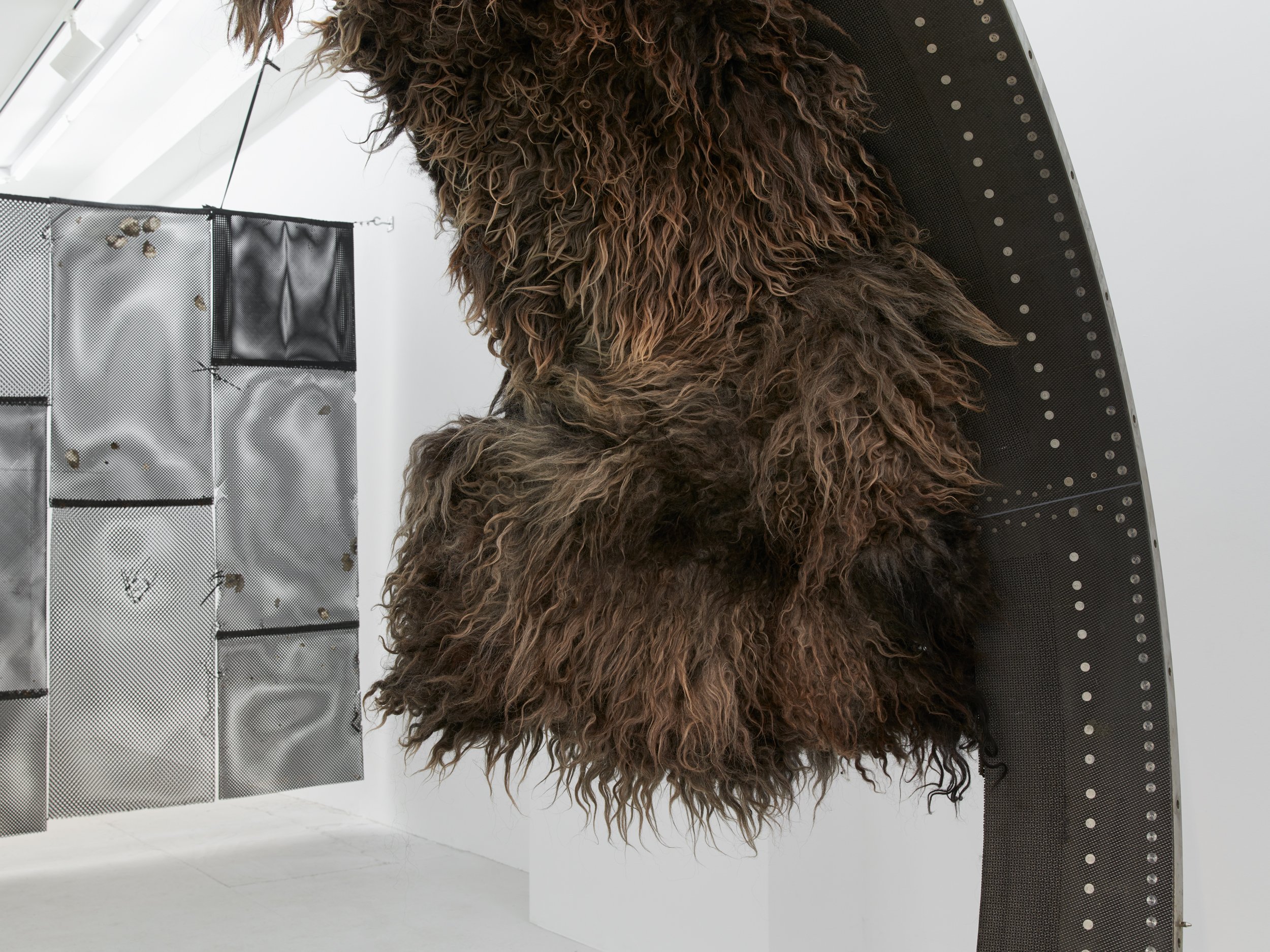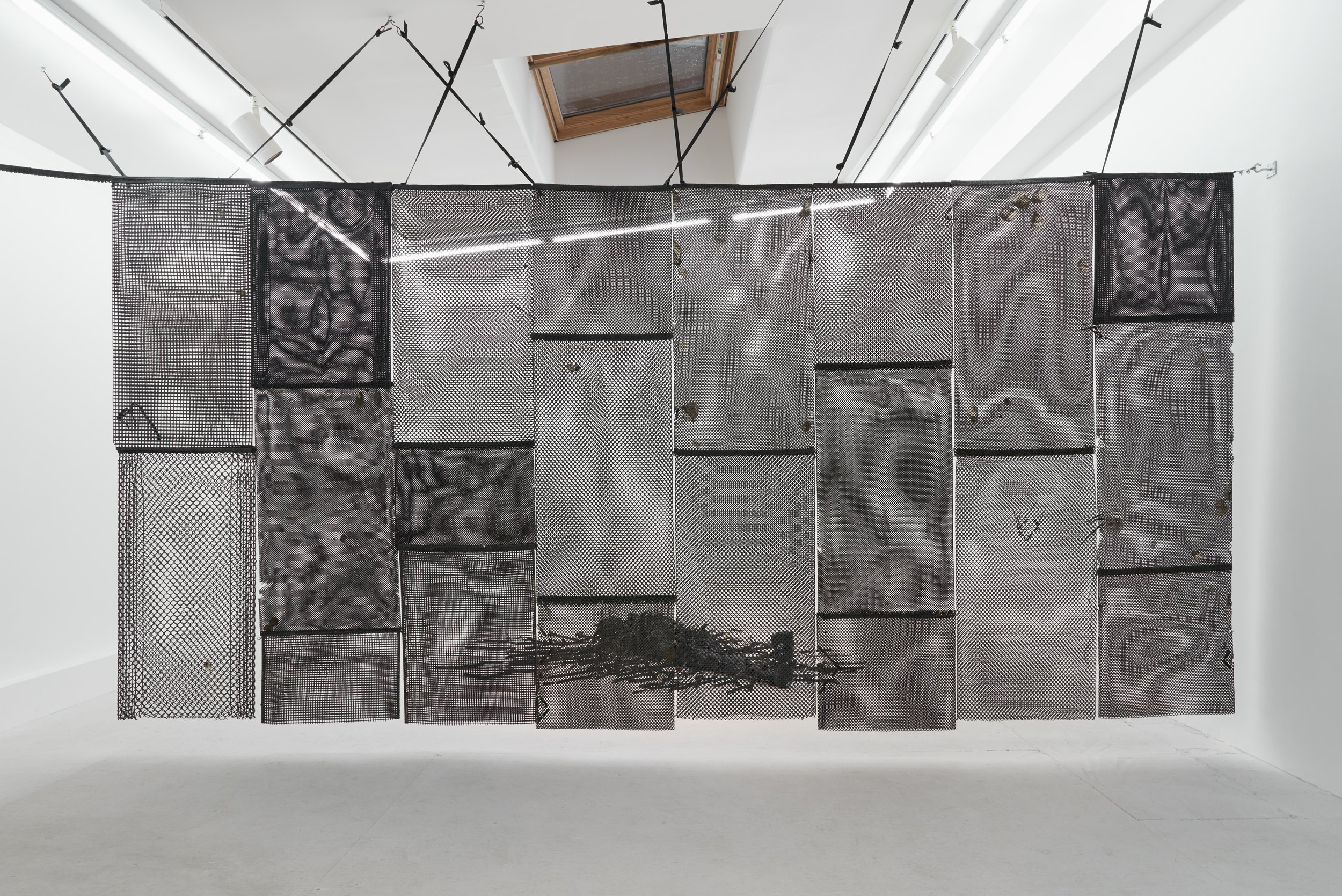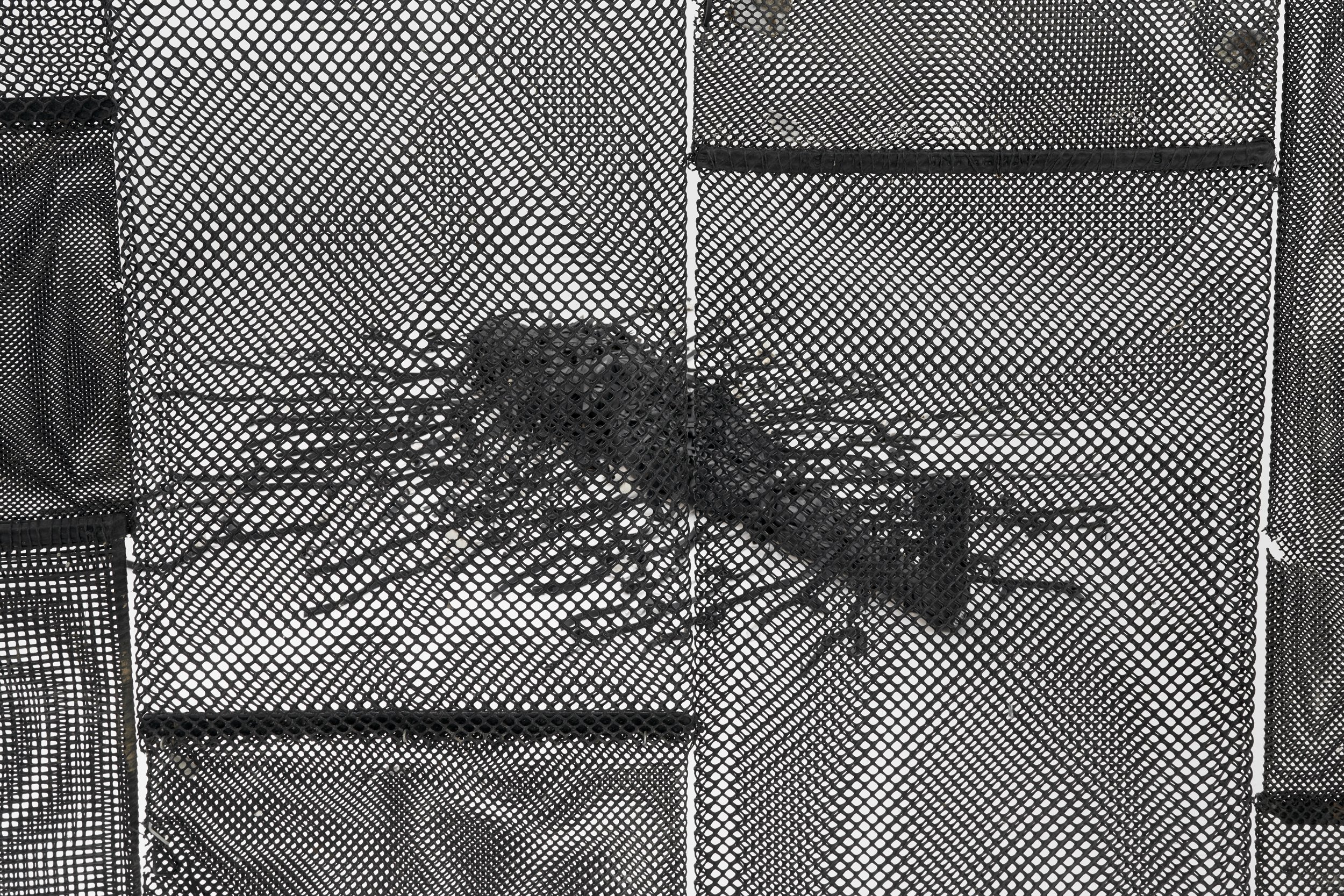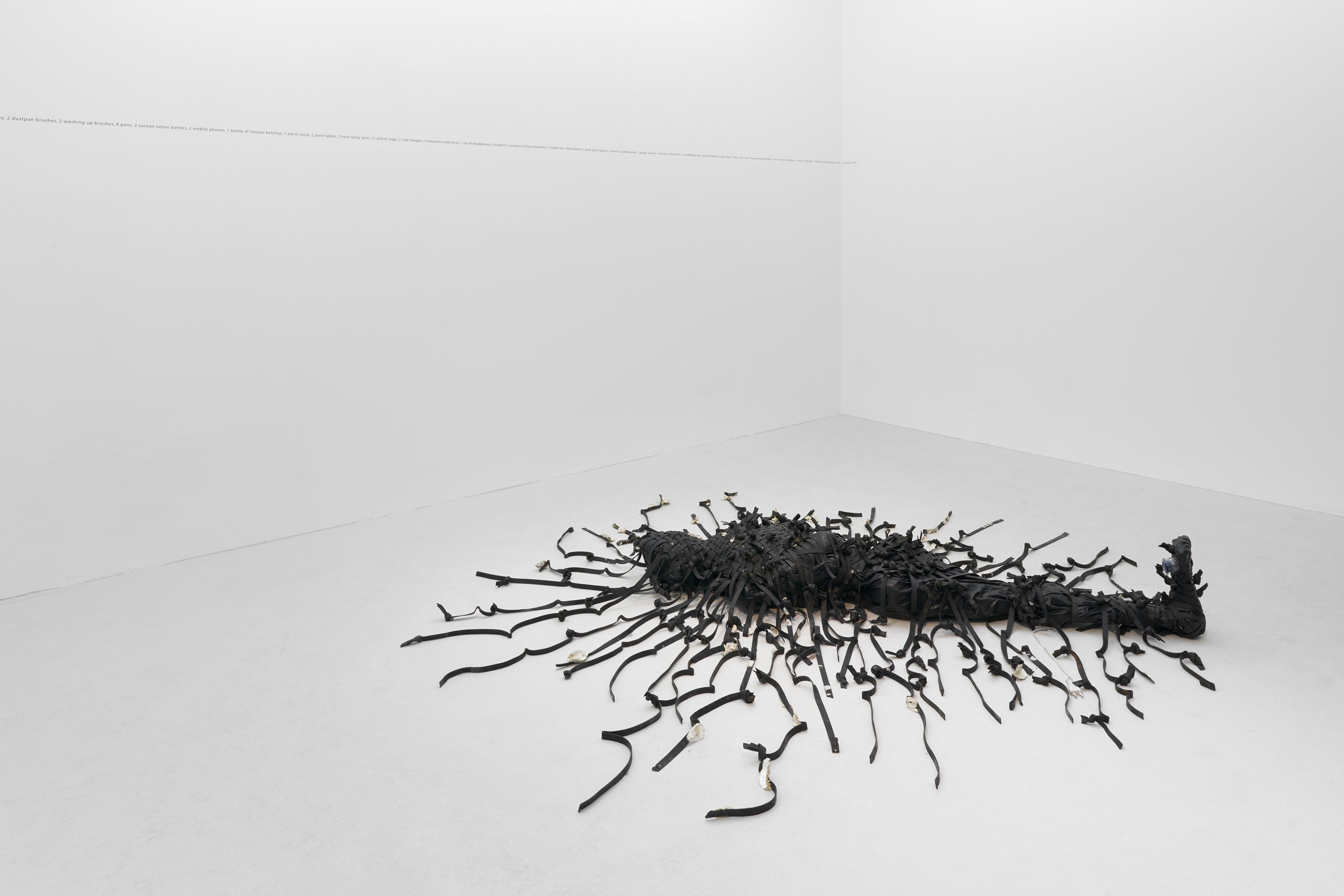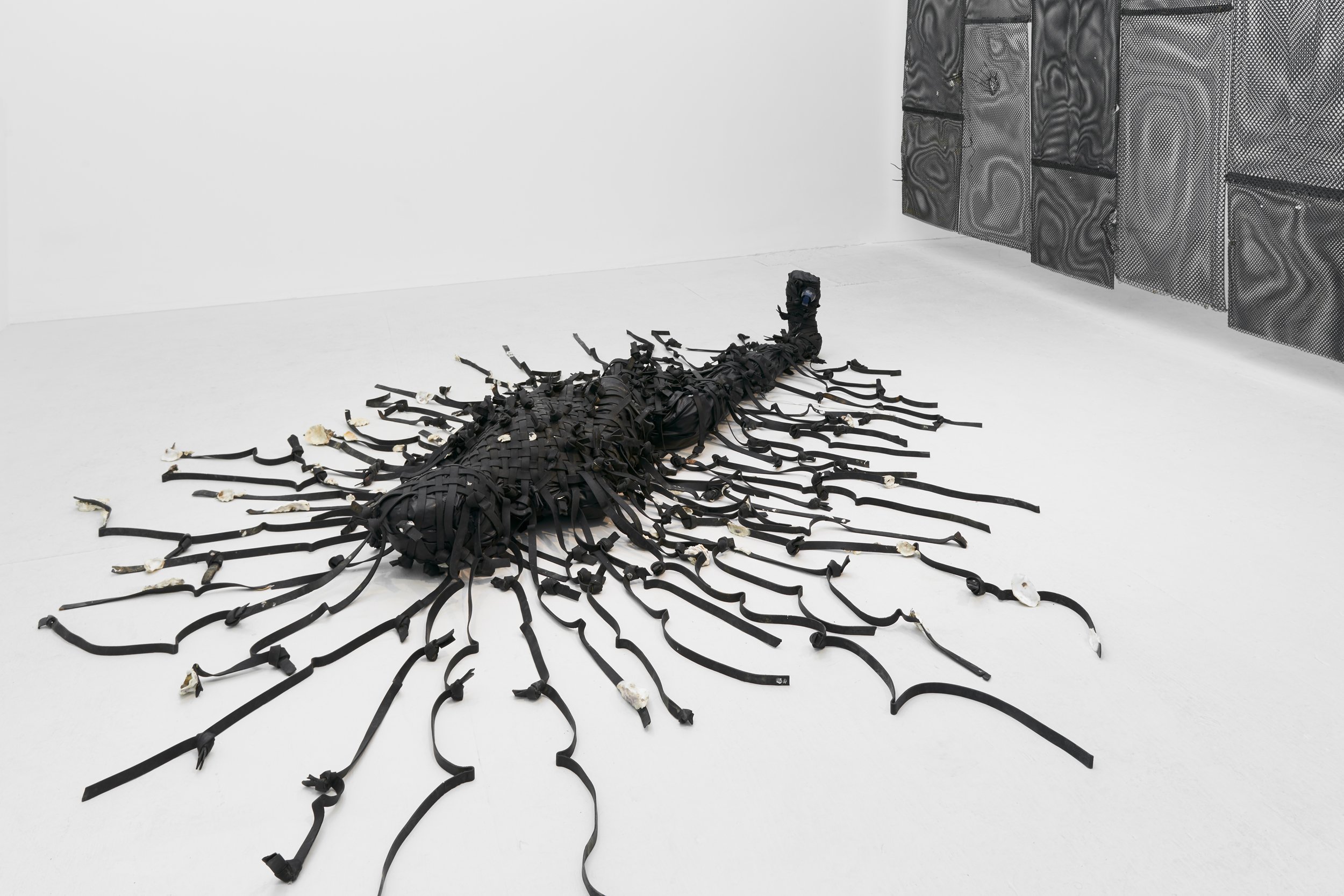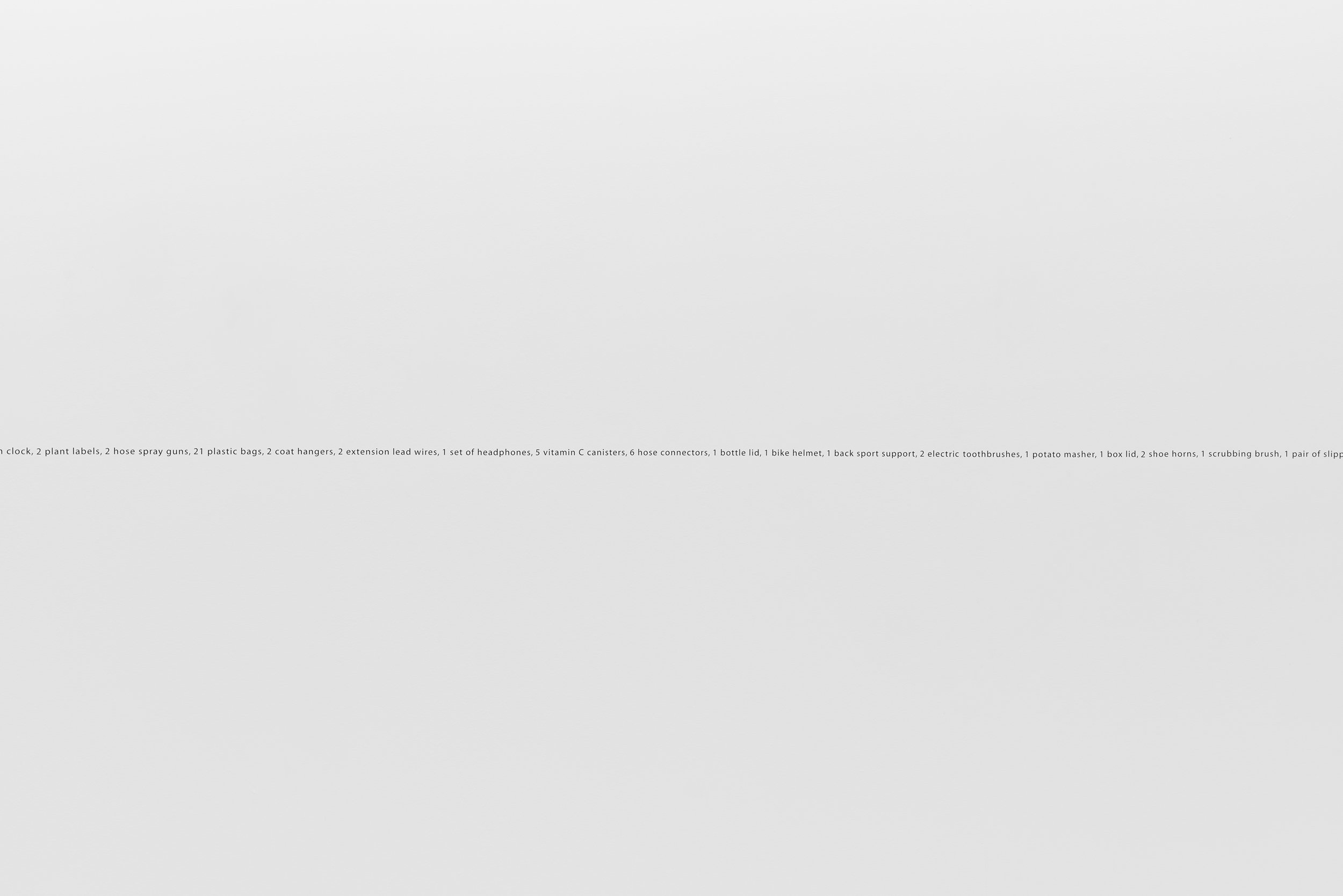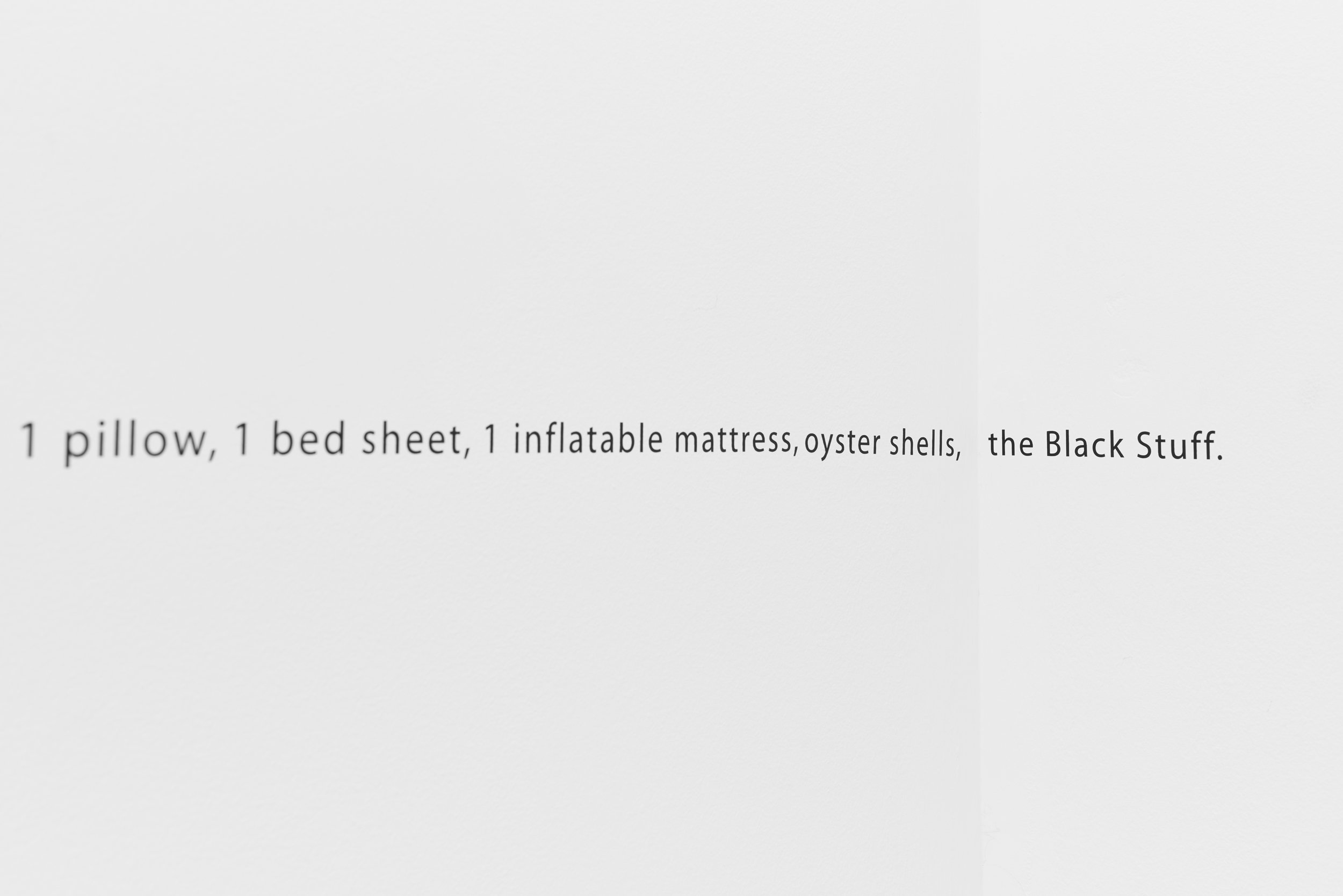ALICE BLACK is proud to present ‘Thirst of the Tide’ by Rachael Louise Bailey (b. 1975), 25 May - 25 June 2022 at 46 Mortimer St, London W1W 7RL. The exhibition will occur ahead of Bailey’s participation in XXII Bienal Internacional de Arte de Cerveira, in Portugal (2022).
Bailey’s practice is a form of artistic whistle-blowing. Pushing the boundaries of art’s engagement with ecology, her practice is rooted in a local context, but has a worldwide reach embedded it in the social, political, economic and environmental spheres she seeks to address and expose. Bailey stands in opposition to contemporary greenwashing.
‘Thirst of the Tide’ brings together iconic pieces from Bailey’s ‘the black stuff’ series as well as new, site-specific works. She relishes the exploration of materiality and is bemused by our anthropocentric dislocation from our roots. The departure point for the exhibition is the concept of strata - geologically, environmentally, sociologically and psychologically.
Since 2015 Bailey has concentrated her practice primarily upon the collection, research and transformation of a specific marine pollutant, which she refers to as ‘the black stuff’: Spliced inner tubes of repurposed car tyres make up part of industrial oyster sea farming equipment, a technique used globally. Regurgitated by the sea, what isn’t deposited on the beach, is swallowed by the waters. Bailey first encountered this material littering her local Kent (UK) beach in 2015. It was often wrapped up and camouflaged under native seaweed. Over the last 7 years Bailey has amassed over 7km of ‘the black stuff’. Systematically sorting, knotting and crafting the rubber, the resulting body of work is informed by the historical, physical and contextual characteristics of this toxic waste material. Last year, Bailey’s ‘the black stuff’ series became the single largest body of physical evidence used in a public enquiry to demonstrate the environmental hazards caused by the controversial expansion of oyster trestles. The largest work from the series, ‘Global’, made up of 3.5 kilometres of plastic pollution – tied and knotted – was acquired by the François Schneider Foundation, France.
In the summer of 2019, Bailey was propelled into foreign conditions and engulfed by the elements as part of the An Lanntair Island Going Residency in the Outer Hebrides. Finding herself aboard a ship with six strangers, swayed between suggestiveness and ambiguity, the environment was in a constant process of transformation. Sailing from Berneray to the remote, evacuated island of St Kilda, she spent 2 days exploring the landscape of a forgotten land, now inhabited mainly by a “feral” mob of sheep, military personnel and bone-filled cleats. Sitting upon the undulated shadows of a village once made up of ‘blackhouses’ and ‘whitehouses, St Kilda – adorned by a rich tapestry of coarse heathers and other unfamiliar fauna – is still delineated by a skeleton of drystone walls, struggling to maintain verticality and governed overhead by the calls of endangered gannet, puffin and fulmar colonies. Returning to land, this immersive physical absorption lingered for weeks; it was a time of extremity and contradiction. Now home searching for some continuity from there to here, Bailey found an additional studio space in a disused dairy in which she unearthed her grandmothers’ spinning wheel, unlocking new threads.


